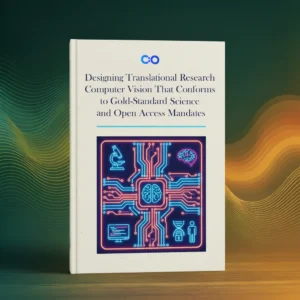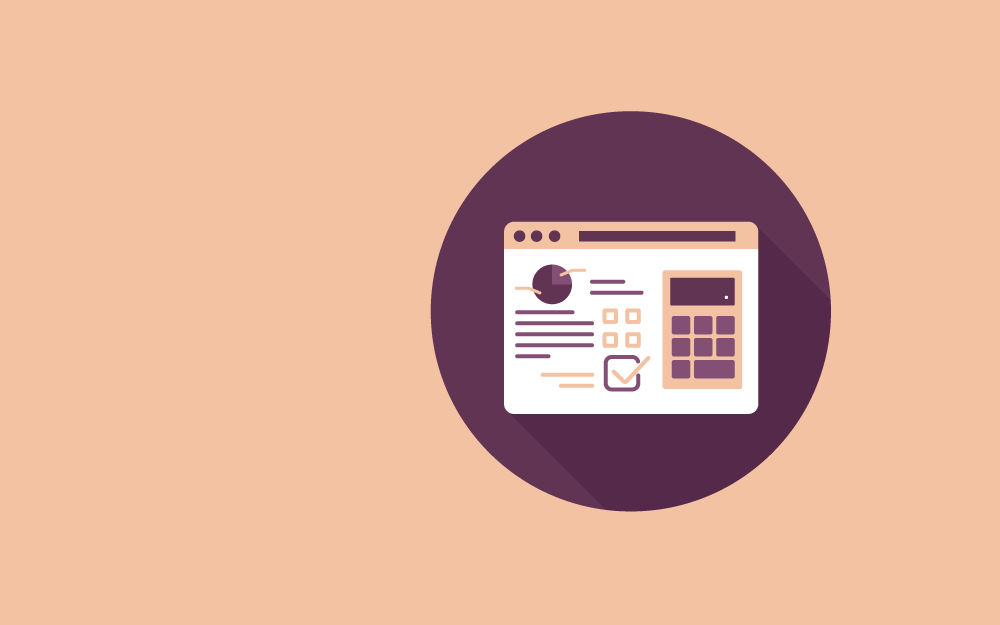

To be a successful candidate for a research grant, you need perfect budget formulation and justification. Here, we will help you plan the research budget for your grant proposal and give you handy tips to transform it into a convincible form.
Your budget is the skeleton of your grant proposal. It provides the estimated finance your research needs to be completed in a particular time range. It also gives the funders an exact knowledge about where their funds will be used and how will they be financed (Asya, 2008). It is your responsibility to postulate clearly how you will manage the funds if granted. An excellent budget plan will compel your funders to assume that you have thought about every financial detail concerning your project.
Certain wordings are preferred to convey your research budget information better. It is important to familiarize with them before constructing the budget section of the proposals. The lexis includes:
These are the expenses that are utilized solely for executing your research. For example, expenses on your research staff members, tools, materials, and travel finance.
These are the overhead charges reserved for institutional facilities that you avail yourself while conducting your research. For example, institutional laboratory, electricity, and water usage costs.
These are the additional benefits provided to the personnel, along with their basic salaries. Every institution has its own set of fringe benefits rates.
It is a group of institutions that apply for a grant together as one. They have reached a grant agreement, and one of the institutions represents them all. The budget is divided between them.
There are two budget designs used in the NIH grant applications. Specific points will decide the type of budget design form you have to use for your application. These are:
Your budget design is considered modular when your research fulfills the following criteria:
Your budget design should be in detailed form if your research project fulfills any of the below-mentioned criteria:
For the modular design, you have to fill out the PHS 398 modular budget application form, and for the detailed design budget, you have to use the R & R detailed budget application form.
Your budget planning starts when you find the research question and decide on a suitable study design. You should also be able to guess the unpredictable charges that can arise while conducting your research (Sudheesh, Devika & Nethra, 2016). There are five main points to keep in mind while planning your research budget:
Think about all the things that will affect your research budget. These are mainly the study design, testing procedures, sample collection methods, and research settings. The more complicated and unique these essentials will be, the higher will be your budget requirements. Also, observe the already present resources and will they benefit your research budget.
The next point to consider while planning your budget is to abide by the budget rules and limitations of your particular funding agency. Read each instruction carefully and remember not to deviate from it. It is expected of you to provide the exact list of items necessary for your project.
Thirdly, a breakdown of each item into its related category should be made along with its cost. A breakdown of the budget item-wise and year-wise with cost calculation should be done. Point out the recurring and nonrecurring items that are directly related to your research. All this planning is done beforehand to ensure proper budget management.
For every enlisted item, you should be able to provide a solid justification for its importance in your research. Only a well-justified budget document can win the confidence of the peer reviewers.
Reviewing is the most significant step for every document or proposal. You can ask your team members to review your budget document for you. Also, recalculate the cost of each item and the total items combined cost per annum. Keep in mind that too low or high budget will only raise suspicion in the mind of your reviewers. So, make sure you plan a research budget range, not more than the maximum limit set by your funding agency (Michael et al., 2019).
Projecting your finances into your application requires skills. When writing, we primarily divide our budget into two sub-sections. These include:
As mentioned before, these are the direct expenses on which your research is largely dependent. So, firstly, give the heading of direct costs and then further give the following subheadings with explanations.
Personnel Involved
If your research project involves resource team members, here is where you have to mention them. Your resource team includes the technicians, laboratory attendants, site caretakers, data entry personnel, junior researchers, and the senior researcher involved. Specify their allowances and salaries in an organized manner.
Recurring Expenditure
These expenses occur regularly and yet cannot be avoided. These include equipment usage, laboratory-conducted diagnostic tests, telecommunication charges, chemicals, and any other essential items. Fees for human subjects involved in your research are also stated here.
Non-recurring Expenditure
These are the costs of items for which you have to pay one-time charges, and then their use is free. These include buying charges for the printer, computer, or other electronic items. Once you buy them, they are charge-free. Thus, you have to specify all the non-recurring charges in your budget form.
Traveling Expenditure
In this subheading, specify the amount spent on your traveling for research purposes. Separately mention your traveling costs for attending research-related conferences, seminars, and training. Also, mention the travel expenses for the surveys and data collection. Visiting expenses to other institutions for the sake of a research study can also be mentioned here.
The second sub-section is indirect expenditure. It includes facilities that are indirectly related to your research project. These can be library facilities, electricity, and water usage for your experiments and test conduction. These are also called overhead charges that are paid specifically to the institution for providing such facilities (Ahmed & Abdullah, 2017).
In the final paragraph, write a short finalizing note relating your budget outlining the main point. This should be a 4 to 5-lined paragraph.
Most of the funding agencies separately require justification for each item that you specified in your above-mentioned budget form. This document is also known as the budget narrative page. It reasons the importance of that item for your research conduction. Each item is mentioned in the same order as in your budget form and should be justified respectively (Al-Jundi & Salah, 2016). It is best to make a three-columned table with the name of the item in the first column, the quantity and cost in the second column, and a justification statement in the third column.
In the last, you have to provide a summarized form of your budget for your proposed research. It is written at the end when you have completed writing your whole application. In this, you have to specify every item with its cost per annum. The non-recurring items will only be specified under the first-year heading as they have a one-time expense. Likewise, the recurring items will be mentioned in both years, along with their costs.
The following points will enhance the esthetics of your budget section:
Writing the budget items under a categorized heading will make it easy for the reviewers to retrieve the necessary points in your budget. You can use bullet marks or checklist signs to highlight your main points. This will show the reviewers that you have the budget representation skills and that your enlisted budget finance is authentic.
Try to write your budget essentials in a tabulated form with three main columns. The first column represents the item name. The second column specifies the cost of that particular essential. The third column signifies the importance of your particular essential in performing your research. This will save both time and effort of reviewers who have to scrutinize many applications at a time.
The pattern you follow for each essential specification in the budget form should be followed in the same manner while writing the budget justification document. There should be a flow in your budget data and which will further enhance its esthetics.
Your language should be simple enough to be understood by a common person. Complicated terms and phrases will only make it difficult for reviewers to reach your point of view.
Your budget prepares you for all the financial aids you need to conduct your research. It informs you about the expenses of each research item and method. In this way, you can choose an economical procedure for your research. The budget section is considered as the key factor of success or failure for your proposal. This section requires a skillful approach and should be handled delicately. Nowadays, research writers record their budget in the form of electronic spreadsheets. It is easy to manage the budget essentials and the expenses via these excel spreadsheets. You just need to point out and categorize the direct and indirect costs in the already drawn tabulated budget spreadsheet. Hence, you will be able to plan and compose a well-scripted budget by following the instructions given in this article.
